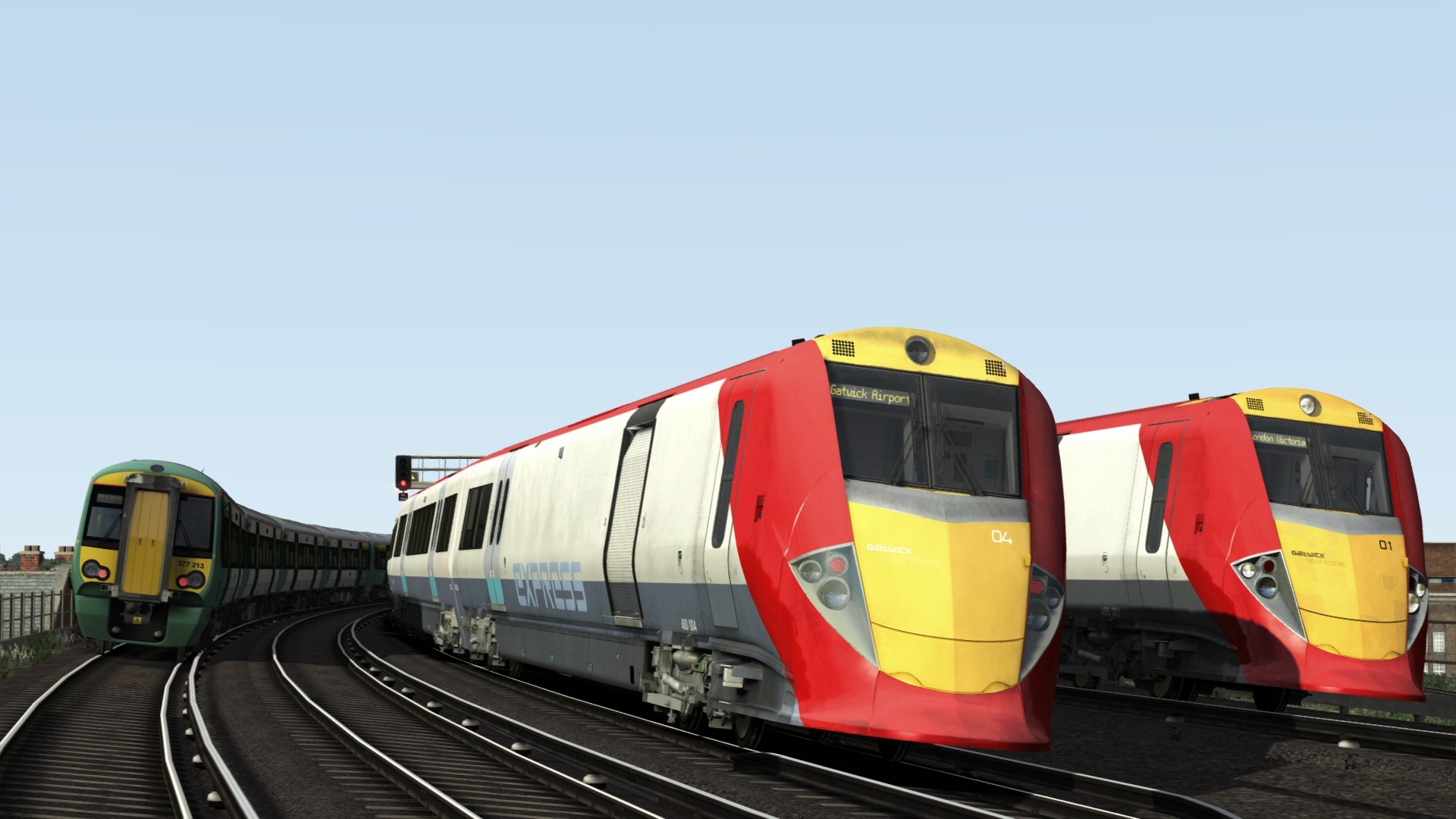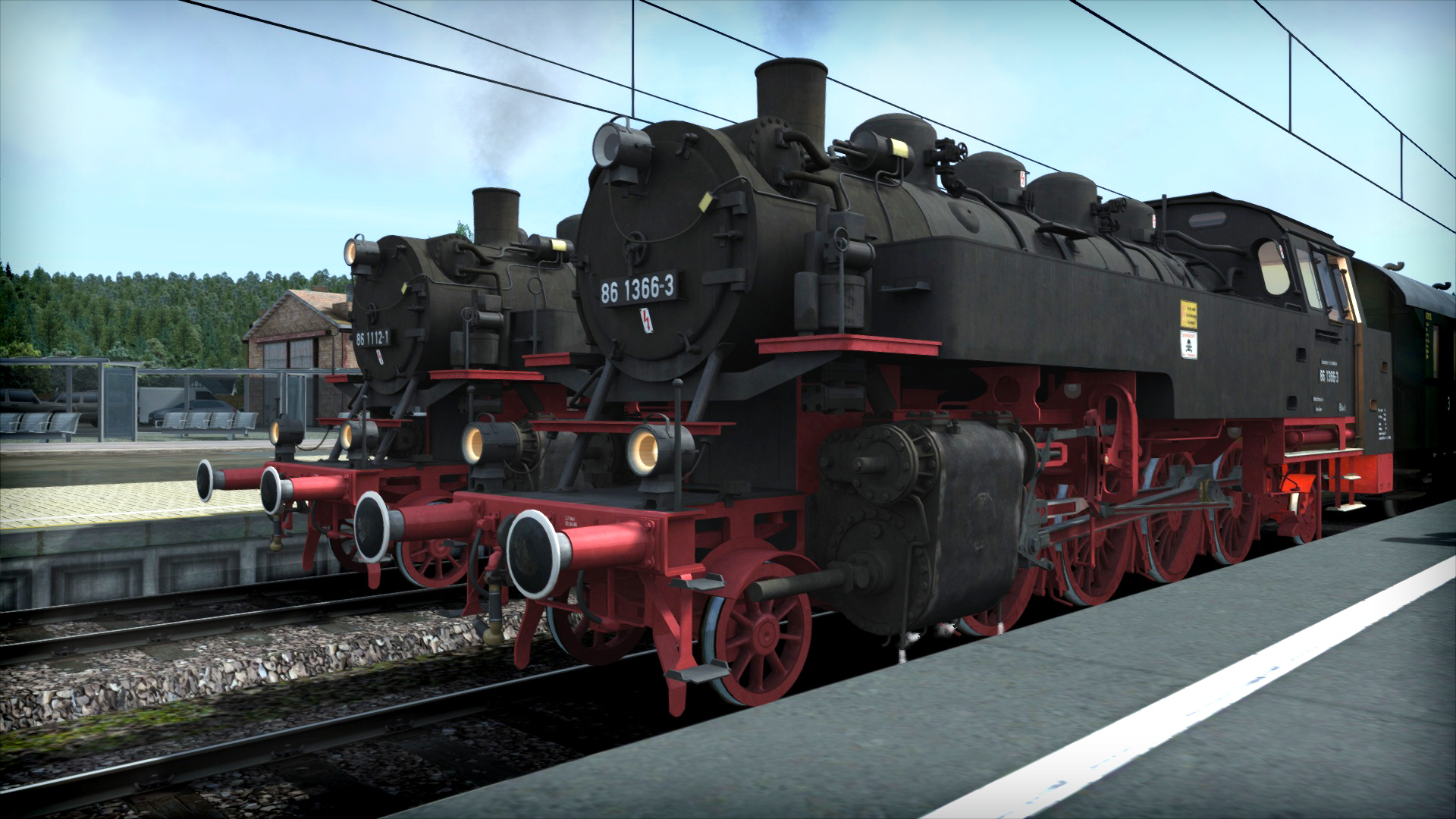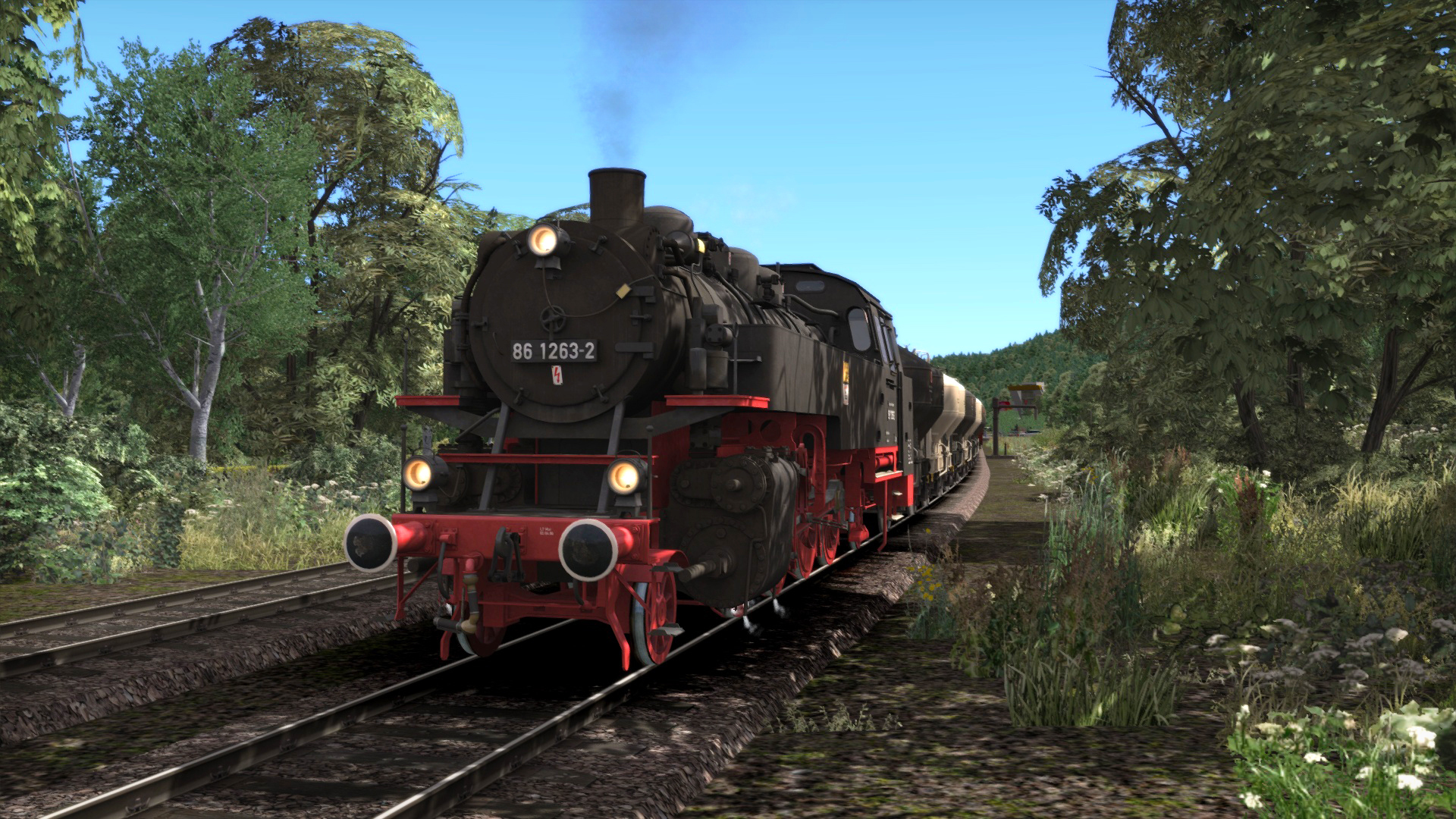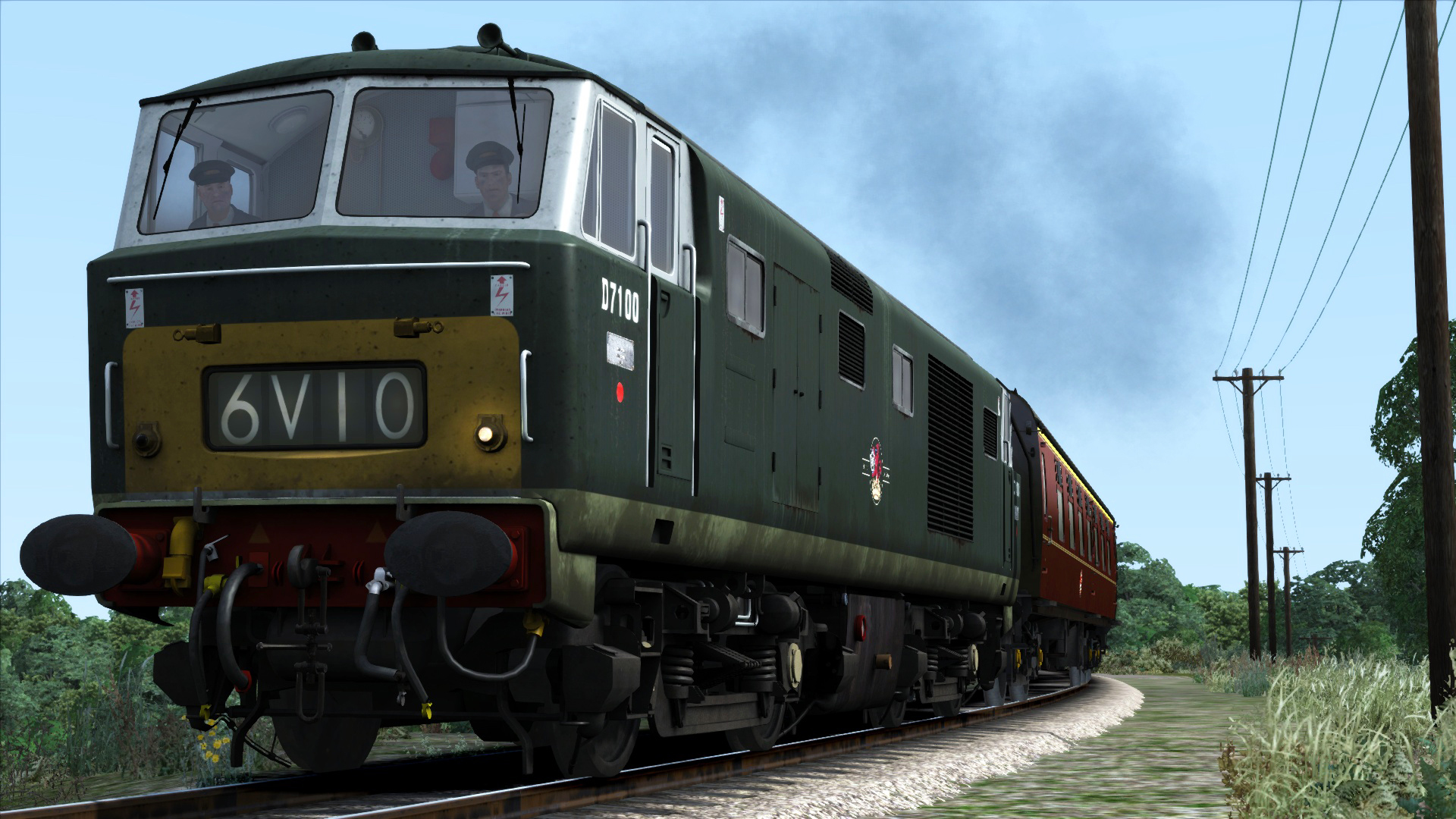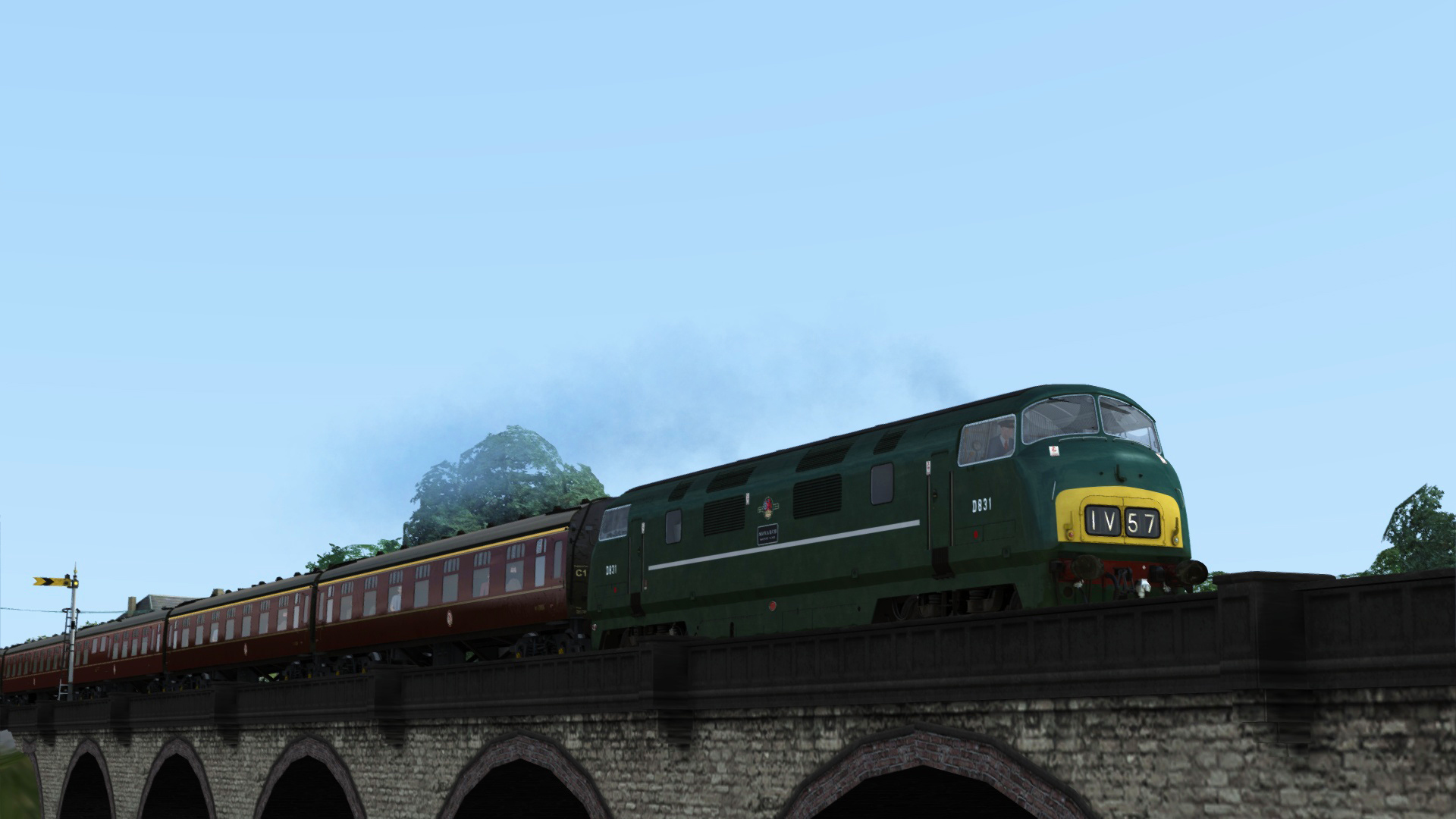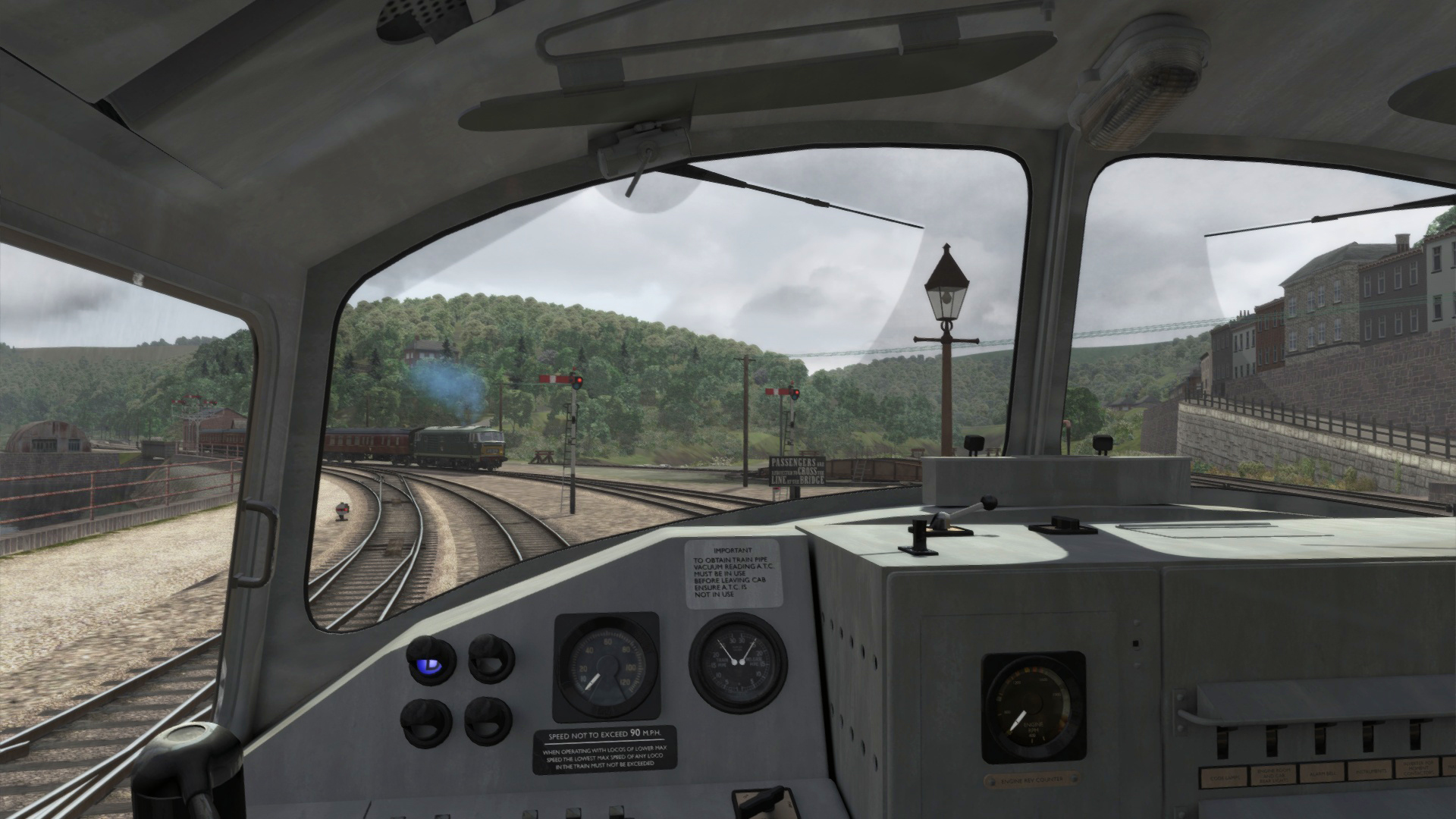
Train Simulator Classic 2024 - DTG_James
05/10/2017
http://store.steampowered.com/app/621925/Train_Simulator_Hidaka_Main_Line_Tomakomai__HidakaMombetsu_Route_AddOn/
The wonderfully scenic Hokkaido region, by Partner Programme developer Union Workshop, brings the coastal Hidaka Main Line to life!

In 1913, the Tomakomai Light Railway opened a 2 ft 6 in gauge rail line between Tomakomai and Tomikawa, running along the south coast of Hokkaido, Japan’s second largest island. Additionally, there was also a line between Tomikawa and Shizunai, operated by the Hidaka Takushoku Railway.

In 1927, both railway companies were nationalised to form the Hidaka Line, and from 1929 until 1931, the now-unitary coastal route was re-laid using the more commonly used 3 ft 6 in “Cape” gauge. Further developments would continue, such as the extension of the line to Hidaka-mitsuishi in 1933 and the eventual terminus at Samani in 1937.

The Hidaka Main Line was first and foremost a passenger route, linking the nearby towns and communities together with both local, rapid, and even regional services. Every May, a special ‘tourist train’ was timetabled as a through connection with the Chitose Line.

The line was never a bustling one, it was not that sort of railway and it needn’t be, single diesel railcars formed the backbone of the Hidaka Main Line – including the bespoke KiHa 130 Series. The small fleet of 11 KiHa 130 DMUs were built to replace the older KiHa 40s, and started work on the Hidaka Main Line in 1988.

While the passenger life on the KiHa 130s was a peaceful one, the job of the driver was two-fold; not only did they have to drive the services, they were also in charge of selling tickets and the passengers’ welfare. Called the ‘one-man train’, working the Hidaka Main Line is the ultimate example of Driver Only Operation!

While capable of transporting the handful of passengers, and keeping to timetable, the KiHa 130 fleet was short-lived. Accelerated wear and tear from the salty, coastal, corrosive atmosphere, took its toll on the 130s, and before long they were not up to scratch. The irony being, that when the KiHa 130 fleet was forced into early retirement between 2000 and 2001, it was the KiHa 40s that once again took charge.

In its heyday, the Hidaka Main Line stretched across over 146 km of coastline, however that all changed in 2015 when a storm, and later a tornado, devastated the line; severing it beyond Atsuga. To put a stopper on disruption, JR Hokkaido put a bus service in place between Mukawa and Samani, with the railway now only active between Mukawa and Tomakomai. With passenger numbers so low in the first place, any thought of repairing the line and reinstating a full service has been abandoned.

While a shadow of its former self, the line still offers spectacular Japanese coastal views, sedate operations through fields of green, and a peaceful ambience as you trundle by. Union Workshop brings the Hidaka Main Line to Train Simulator as it is today, starting at Tomakomai and ending at Hidaka-mombetsu, not far from where the line is severed. In a mix-of-era approach, they are also reviving the KiHa 130 DMU, and driving this tiny railcar will be a most unique experience for even the well-practised of drivers!
http://store.steampowered.com/app/621925/Train_Simulator_Hidaka_Main_Line_Tomakomai__HidakaMombetsu_Route_AddOn/
The wonderfully scenic Hokkaido region, by Partner Programme developer Union Workshop, brings the coastal Hidaka Main Line to life!

In 1913, the Tomakomai Light Railway opened a 2 ft 6 in gauge rail line between Tomakomai and Tomikawa, running along the south coast of Hokkaido, Japan’s second largest island. Additionally, there was also a line between Tomikawa and Shizunai, operated by the Hidaka Takushoku Railway.

In 1927, both railway companies were nationalised to form the Hidaka Line, and from 1929 until 1931, the now-unitary coastal route was re-laid using the more commonly used 3 ft 6 in “Cape” gauge. Further developments would continue, such as the extension of the line to Hidaka-mitsuishi in 1933 and the eventual terminus at Samani in 1937.

The Hidaka Main Line was first and foremost a passenger route, linking the nearby towns and communities together with both local, rapid, and even regional services. Every May, a special ‘tourist train’ was timetabled as a through connection with the Chitose Line.

The line was never a bustling one, it was not that sort of railway and it needn’t be, single diesel railcars formed the backbone of the Hidaka Main Line – including the bespoke KiHa 130 Series. The small fleet of 11 KiHa 130 DMUs were built to replace the older KiHa 40s, and started work on the Hidaka Main Line in 1988.

While the passenger life on the KiHa 130s was a peaceful one, the job of the driver was two-fold; not only did they have to drive the services, they were also in charge of selling tickets and the passengers’ welfare. Called the ‘one-man train’, working the Hidaka Main Line is the ultimate example of Driver Only Operation!

While capable of transporting the handful of passengers, and keeping to timetable, the KiHa 130 fleet was short-lived. Accelerated wear and tear from the salty, coastal, corrosive atmosphere, took its toll on the 130s, and before long they were not up to scratch. The irony being, that when the KiHa 130 fleet was forced into early retirement between 2000 and 2001, it was the KiHa 40s that once again took charge.

In its heyday, the Hidaka Main Line stretched across over 146 km of coastline, however that all changed in 2015 when a storm, and later a tornado, devastated the line; severing it beyond Atsuga. To put a stopper on disruption, JR Hokkaido put a bus service in place between Mukawa and Samani, with the railway now only active between Mukawa and Tomakomai. With passenger numbers so low in the first place, any thought of repairing the line and reinstating a full service has been abandoned.

While a shadow of its former self, the line still offers spectacular Japanese coastal views, sedate operations through fields of green, and a peaceful ambience as you trundle by. Union Workshop brings the Hidaka Main Line to Train Simulator as it is today, starting at Tomakomai and ending at Hidaka-mombetsu, not far from where the line is severed. In a mix-of-era approach, they are also reviving the KiHa 130 DMU, and driving this tiny railcar will be a most unique experience for even the well-practised of drivers!









